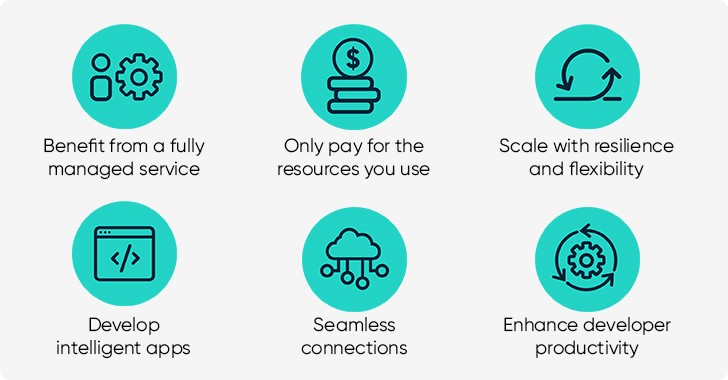Read this article to find out how CBTS-managed on-premises private cloud helped improve a world-leading aviation manufacturer and service provider’s flight safety.
In the modern business environment, speed is of the essence. Whether you are in high finance, medical research, or industrial manufacturing, being first to market is a huge competitive advantage.
This need for speed extends all the way down the business chain, of course: from the primary business to the most mundane support services. Everything needs to move fast—otherwise, lost business could be the price.
The challenge: Improve flight safety through accelerated engine analytics
Recently, CBTS was contacted by a world-leading aviation manufacturer and service provider that services some of the most powerful commercial jet engines in the world. They needed to accelerate their analysis of engine flight health and safety data in order to respond more quickly to mechanical incidents and enhance their proactive preventative maintenance capabilities. At the same time, they needed to cut costs by reducing the number of workstations on the factory floor and centralize data management under a single repository that would support a general-purpose analytics engine.
Ideally, the company was looking for improved timing of analytics of each engine it serviced upon landing. This could translate into thousands of health checks every day, coupled with rapid response procedures, should any mechanical maintenance issues be detected.
The solution: A CBTS-managed on-premises private cloud
In its initial assessment of the project, CBTS determined that two key factors were the massive amount of data involved and the need for stringent security.
The solution was to deploy an on-premises private cloud featuring Kubernetes-based clustered microservices. This, in turn, supported a full DevOps environment that dramatically reduced the time needed to run complex analytics while also providing the agility to implement continuous integration and deployment (CI/CD) of new services.
CBTS does more than simply design and implement solutions, however. We provide long-term, end-to-end management and monitoring in the infrastructure, as well as a 24×7 incident response program. Additionally, we implement an automated failover process in the event of, say, a Master or Worker node impairment. In such a case, the environment will kill the node and rebuild it from scratch utilizing the automation capabilities of the Kubernetes control plane. This process, along with a redundant network and computer infrastructure, eliminates the single point of failure that hampers most analytics architectures. At the same time, the system’s AI-based monitoring and predictive analysis tools provide deep insight and forecasting of maintenance issues and strive to continuously reduce costs, streamline processes and resource consumption, and improve operations.
The result: A state-of-the-art next-gen analytics ecosystem
Today, the client is outfitted with a state-of-the-art analytics ecosystem that supports next-generation agile workflows and processes. After some application refactoring, the company’s predictive analytics on engine flight data are now being delivered in a fraction of the time compared to the previous infrastructure. In addition, a digital twin of the flight engine is created within the CBTS managed private cloud, allowing engineers to rapidly assess engine health before take-off to improve safety and lessen ground time.
Meanwhile, CBTS provides full-time monitoring, management, and maintenance of the entire system, allowing the client to offload daily responsibilities to our expert management team. In addition to cutting down the time it takes to identify problems with the system from 24 plus hours down to three, it allows internal IT staff to focus more on strategic, mission-critical initiatives that produce a direct benefit to the company’s bottom line.
Summary: Implementing a private cloud improves business processes
Improving the speed of core business processes is a priority in the digital age, but this must not come at the expense of reliability and availability. Through a private cloud equipped with advanced automation, organizations are finding that they can become better, faster, and more flexible, all at a lower cost point than under existing infrastructure.
To find out how CBTS can help you with your digital transformation, contact us.










